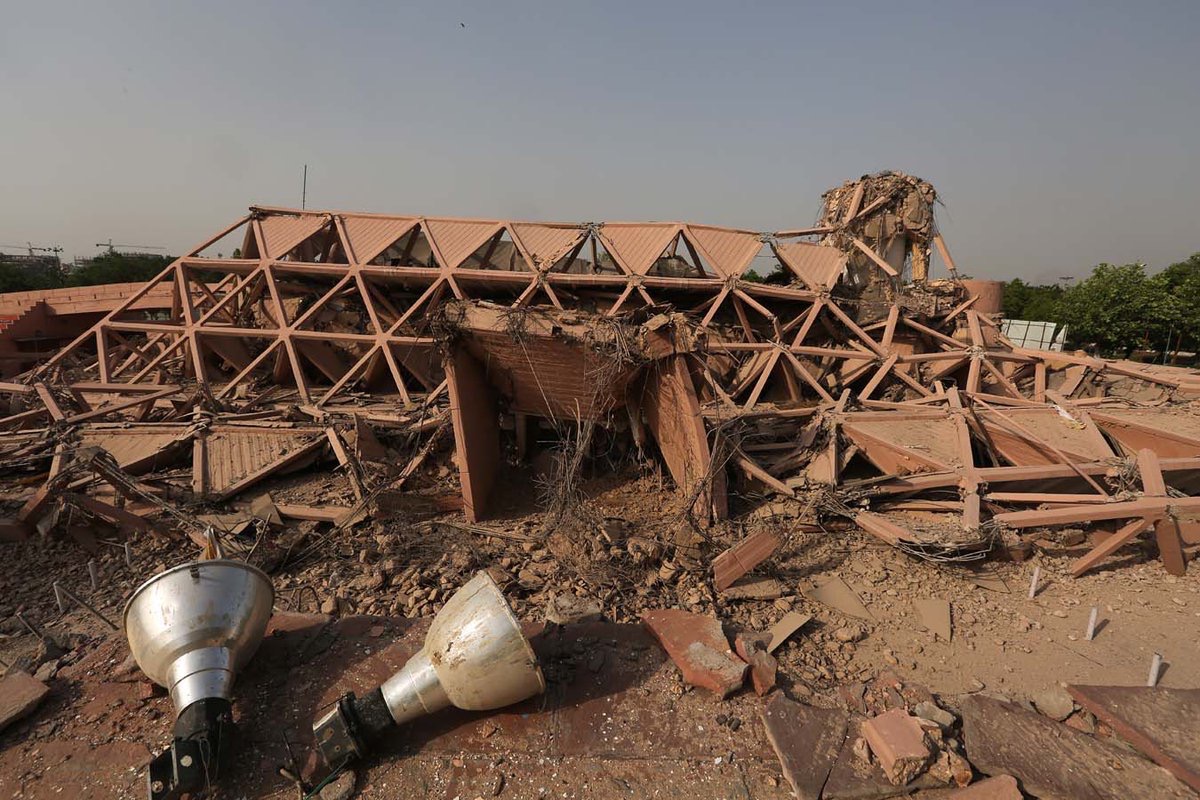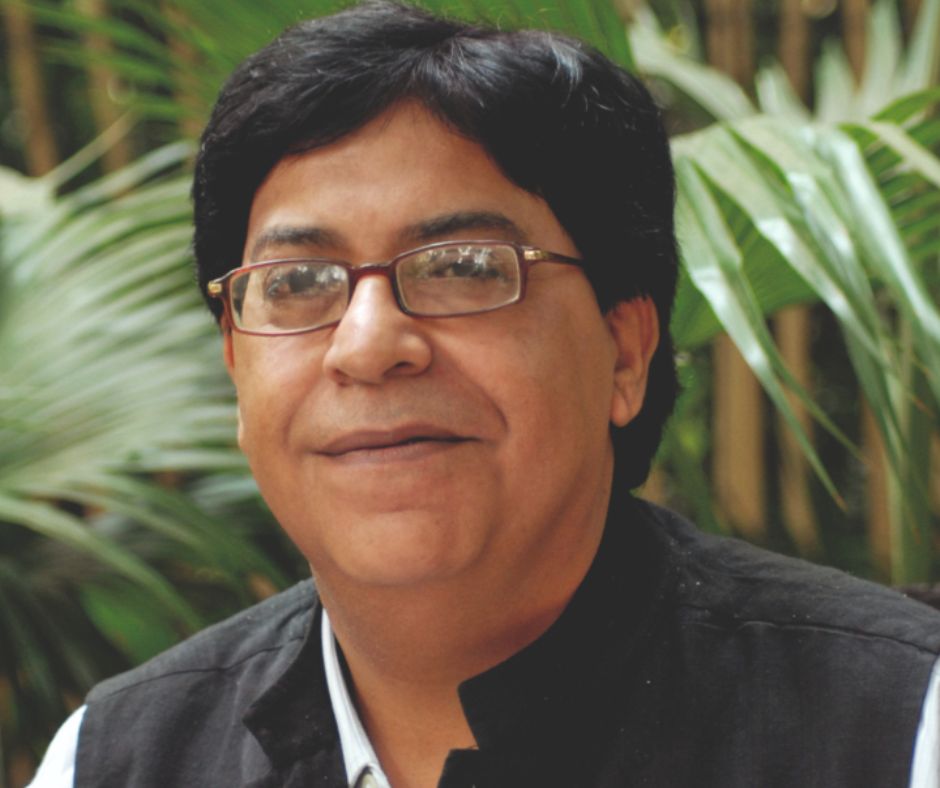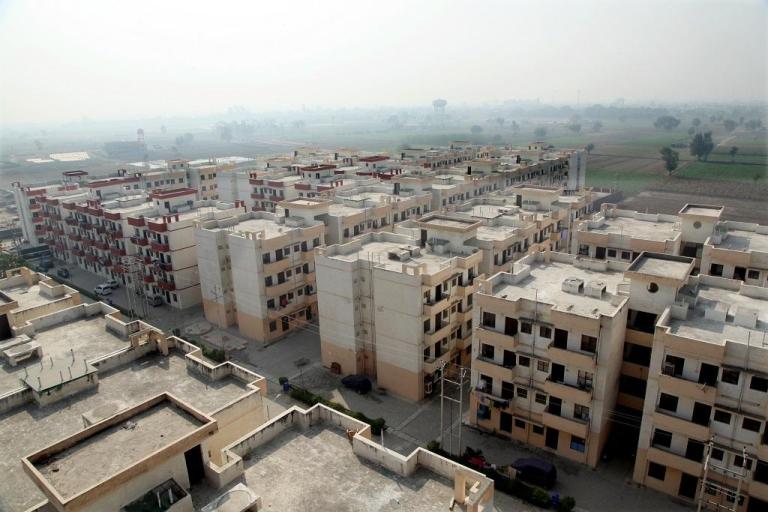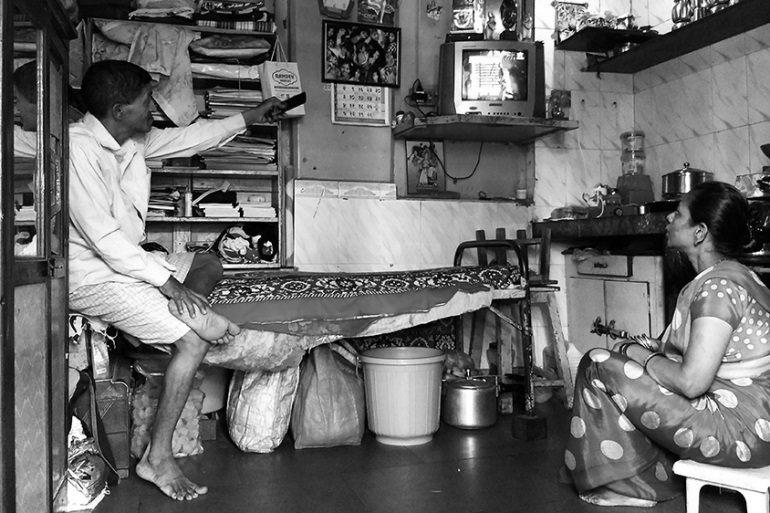Kaiwan Mehta’s article in Saturday’s (May 13, 2017) edition of Mint / Lounge was an unusual amount of newspace given to design and more specifically to architecture. It caught my eye because I am an architect and because of the title,
“Is the Future of Architecture Political? If It’s Not Political, It is Not Design.”
What compelled me to write this post, “Off the Cuff” was that it didn’t quite (at least to my understanding) offer an explanation / interpretation for architecture’s diminishing role as a cultural artefact in India, as an agent for social equality / mobility or the reason why it doesn’t capture the public’s imagination in ways that some of the other arts do. So here is an attempt to stab the beast……!
1. Architecture is Inherently a Political Endeavour
Architecture is inherently a political endeavor, it is a constructed argument and in being so is the product of the conditions and dilemmas that bind it.
It represents in its being not an absolute, but constructs a terrain wherein that which is construed and imagined can be enacted. Through its materiality and spatial configuration it not only structures thought and action but also situates a work within the greater crucible of cultural production and consumption.
The initial act of either erasure or inscription on paper, land or elsewhere, is the first move towards the expression of both politics and argument.
2. The Argumentative Indian
The construction of an argument can be equally an act of imagination (the avant-garde) as it can be of appropriation (furthering of an existing argument) or of rejection (opposing an established point of view), each, both individually or in combination being a political endeavor.
In the years following independence, a generation of architects who either studied in the West or apprenticed / worked in the offices of the “modern masters” returned “home” to build a Modern India. With them they brought the arguments of Modernism and “localized” their manifestations. In an attempt to create both the specific and the indigenous while simultaneously partaking in and establishing a trans cultural continuity.
William Curtis, the architectural historian / critic writes about the work of B.V. Doshi as a, “development (that) epitomizes modern architecture adapted to Indian conditions” (Curtis 200: 572).
As the “modern” argument that was largely “appropriated”, infact so much so that in its manifestation, an aesthetic modernism preceded its social counterpart (I think I heard Rahul Mehrotra make this distinction in a lecture, but I may be wrong, apologies if I am.), it increasingly failed to anticipate and address key problems faced by Indian cities and its inhabitants.
Architecture, as the decades passed lost its ground as it failed to develop an independent voice. In its continuation to use the argument of the west as a crutch for legitimizing itself, it further alienated the discourse from public imagination.
This as a crisis only continued to grow.
The adoption of models of thought that were not grounded in the everyday experience created a void and it was only a matter of time before that void got filled.
(While it is ironical, that I should quote Curtis, the implication of his comment is that non-western architecture can only be understood in relation to ideas and aesthetics developed in the West. The adoption by us of this only further gives primacy and credence to such arguments, we become complicit in it and co agents in what could arguably be called a hang over of a colonial project and its propagation. The problem, however, was not a creation of the architects (they / we did build some truly spectacular buildings) but rather was the non development of a profession of architectural critics, something that is lacking even today.)
3. You Scratch My Back and I’ll Scratch Yours
The history of architecture is constructed on the basis of a referential system. Projects and buildings that support the “discourses of domination”, (Felipe Hernandez) who further the ideas and aesthetics of what is largely a western canon are those that are consequently given prominence through their publication in magazines, journals and books.
For architects practising in India such publications in journals that align themselves with a homogenous global voice, represented an opportunity for a kind of cultural arbitrage that lends authority and credence to architects practicing in India (after all if my work was relevant enough to be recognized and published in a leading Western journal / magazine then surely that puts me in the upper league of practicing architects and makes me an apt choice for your project) and likewise for such publications it gives to their readers that which is ostensibly new yet familiar, comfortable and comprehensible.
This system of you scratch my back and I will scratch yours benefitted everyone and continues to, but it comes at great cost….
4. Nature abhors nothing more than a vacuum, well may be a void.
The liberalization of the economy brought with it the market place for images. With the demolition of the Babri Masjid came the notion and the opportunity that history could be disposed of and others narratives could be adopted or referenced. These two events sent us on a shopping spree, we could now acquire our representations, and we did.
(The recent demolition of the Hall of Nations in New Delhi to make way for a “world class” exhibition and convention center would be an example of this. https://youtu.be/mMXYu_ZgeZ8 )
Unfortunately, this rang the death knell for the cultivation of a critical voice and its dissemination for either adoption or rejection into the public sphere. Simultaneously, it alienated large parts of our society. Design became manifested in its representations, it ceased to ask probing questions or provide alternatives for a rapidly developing world and a more complex society.
It (design / architecture) became an agent for the realization of desires, fetishes and fantasies. Now there is nothing wrong in that, in fact it often acts as a catalyst for bigger things to come, however, it also gave birth to a new type of “professional”, who by virtue of either wealth or class privilege had access to global images, the ability to implement them and influence others with them.
Charlatans would be too strong a word to describe these “architects”, however, as curators of images their work is more closely aligned with that of scenographers.
The immediate comprehensibility and consumption of these “images” made them widely popular both with the general public (who have increasingly lost faith in the larger urban project) and with practioners who have in them great efficiency of method.
Recent events stand testimony to this and two examples come immediately to mind – the new capital for Telangana and Chief Minister Chandra Babu Naidu roping in Rajamouli the director of the film Bahubali, and accomplished Telugu film art directors Sai and Krish to “give their inputs” to the international architectural firm of Foster and Partners.
The art directors or scenographers of course had in the course of their work on movies studied historic Indian imagery and hence who better than them to make the city look “period” Indian? (Should the new capital be ”period” Indian?!)
The demolition of the cinema Chanakya and the Hall of Nations, both in New Delhi sent out a very simple message i.e. the immediate realizable economic potential of land is far greater than its cultural / historical value. The argument was economic. We did not have an argument that was strong enough to capture the public imagination, much less that of the powers to be.
There was a void and it was increasingly being filled by arguments that fall outside the realm of architecture.
5. End of Rant (!)
A few months ago, I heard Ram Rahman lecture (I am sure its somewhere there on YouTube, if not just keep your eyes and ears open for him to take the stage again!) on Modern Architecture in India. The slides presented examples of key buildings built during the decades just after Independence. Only a philistine would not be able to see the beauty in them and in other such buildings scattered all over the country.
It made one proud and appreciative of such an immediate legacy, but it also reminded us that there is no better time than now to seize the bull by the horns…..ask the difficult questions and to design for a better tomorrow, for one and for all!!
 Rahoul B. Singh | RLDA
Rahoul B. Singh | RLDA
Rahoul B. Singh is a New Delhi based architect, writer and curator. He is deeply interested in and committed to the quality of the built environment and runs a design practice along with Lakshmi Chand Singh, www.rldastudio.com.







